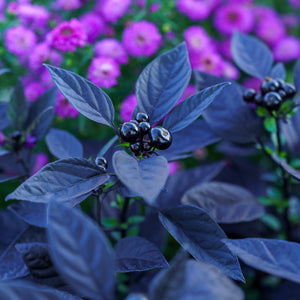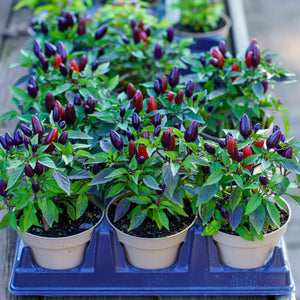The Vegetable Guide
Vegetables, with their diverse forms, colors, and flavors, bring a touch of functional beauty and nutritional value to any garden landscape. Known for their edible parts and varied growth habits, vegetable plants are perfect for adding texture, color, and productivity to borders, garden beds, and containers. These plants are admired for their ability to thrive in various conditions and their relatively easy care. Whether you're aiming to enhance your garden's visual appeal, create a productive kitchen garden, or add a unique element to your space, vegetables offer a captivating and versatile solution. Explore our Vegetable Guide to learn more about cultivating and caring for these essential plants, and discover how to incorporate them into your garden for lasting beauty and enjoyment.
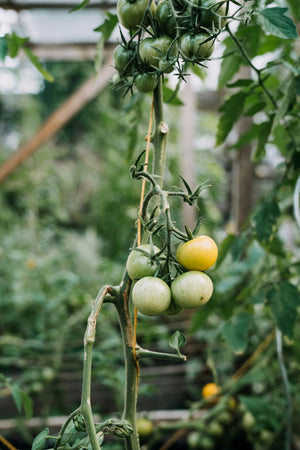
About Vegetables
Vegetables are a diverse group of plants grown for their edible parts, which can include leaves, stems, roots, tubers, bulbs, flowers, seeds, and fruits. They belong to various plant families, each offering unique characteristics and benefits. Vegetables have been cultivated and consumed by humans for thousands of years, providing essential nutrients and flavors to our diets.
Vegetables can be categorized into several types based on the part of the plant that is consumed:
- Leafy Greens: Includes spinach, lettuce, kale, and Swiss chard, known for their nutrient-rich leaves.
- Root Vegetables: Includes carrots, beets, radishes, and turnips, valued for their edible roots.
- Fruiting Vegetables: Includes tomatoes, peppers, cucumbers, and eggplants, grown for their fleshy fruits.
- Legumes: Includes beans, peas, and lentils, known for their protein-rich seeds.
- Bulb Vegetables: Includes onions, garlic, and leeks, grown for their underground bulbs.
- Tubers: Includes potatoes and sweet potatoes, valued for their starchy tubers.
Some popular vegetable varieties include:
- Tomato (Solanum lycopersicum): Known for its juicy fruits and essential in many culinary dishes.
- Carrot (Daucus carota): A root vegetable prized for its sweet, crunchy roots.
- Spinach (Spinacia oleracea): A leafy green packed with vitamins and minerals.
- Pepper (Capsicum spp.): Includes both sweet and hot varieties, known for their vibrant colors and flavors.
- Bean (Phaseolus vulgaris): A legume with diverse varieties, grown for its edible seeds and pods.
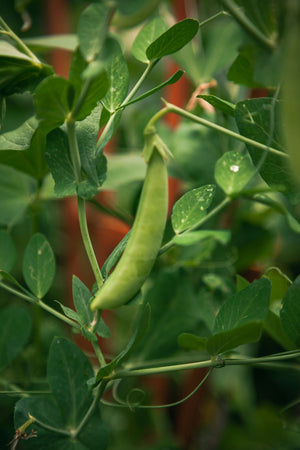
Planting Vegetables
Vegetable plants require specific planting conditions to ensure their successful establishment and flourishing growth. Here are some essential guidelines for planting and caring for vegetables:
Soil: Most vegetables prefer well-draining soil that is rich in organic matter. A loamy soil amended with compost or well-rotted manure works best. Ensure the planting site is free from heavy clay or waterlogged conditions, which can hinder root development.
Light: Vegetables thrive in full sun, requiring at least six hours of direct sunlight per day for optimal growth and productivity. Choose a location with ample sunlight to ensure healthy and productive plants.
Watering: Vegetables require regular watering to keep the soil consistently moist but not waterlogged. Water the plants deeply, allowing the top inch of soil to dry out between waterings. During hot, dry periods, increase the frequency of watering to maintain soil moisture.
Planting Depth: Plant vegetable seeds or seedlings at the appropriate depth, as indicated on the seed packet or plant label. Space the plants according to their mature size to allow for proper air circulation and growth. When planting in the ground, dig holes or furrows to the correct depth and width to encourage healthy root development.
Mulching: Apply a layer of organic mulch, such as straw, compost, or shredded leaves, around the base of the plants to retain moisture, suppress weeds, and regulate soil temperature. Mulching also helps improve soil structure and fertility over time.
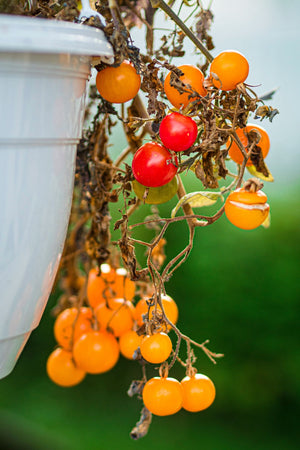
Care for Vegetables
Vegetable plants require specific care to ensure their optimal growth and health. Here are some general guidelines for the care of vegetables:
Watering: Keep the soil consistently moist during the growing season but avoid waterlogging. Water the plants deeply, allowing the top inch of soil to dry out between waterings. During hot, dry periods, increase the frequency of watering to maintain soil moisture.
Fertilizing: Vegetables benefit from regular feeding with a balanced fertilizer or compost. Apply a slow-release fertilizer in the spring as the plants begin to grow, and side-dress with compost or liquid fertilizer every few weeks during the growing season. Follow the recommended dosage on the product label.
Weeding: Regularly weed the vegetable garden to reduce competition for nutrients and water. Hand-pull weeds or use a hoe to remove them from the root. Mulching can also help suppress weed growth.
Pruning and Training: Some vegetables, such as tomatoes and cucumbers, benefit from pruning and training. Remove suckers and lower leaves to improve air circulation and reduce disease risk. Use stakes, cages, or trellises to support climbing or vining plants.
Pests and Diseases: Vegetables can be susceptible to a variety of pests and diseases. Inspect your plants regularly and treat any infestations promptly with appropriate organic or chemical controls. Maintain proper spacing and air circulation to reduce the risk of diseases.
Harvesting: Harvest vegetables at the peak of ripeness for the best flavor and nutritional value. Follow specific guidelines for each type of vegetable, as some can be harvested multiple times throughout the season.
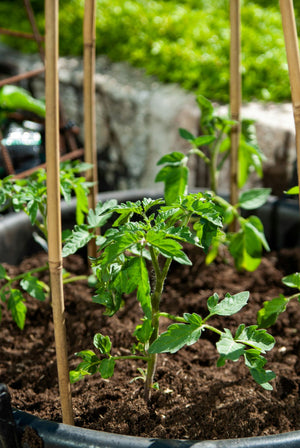
How to Use Vegetables
Vegetables offer versatility and can be utilized in various ways to enhance your garden and outdoor spaces. Here are some recommendations based on their characteristics:
Kitchen Gardens: Create a kitchen garden by planting a variety of vegetables close to your home for easy access. Use raised beds, containers, or traditional garden rows to grow your favorite vegetables for fresh, homegrown produce.
Companion Planting: Practice companion planting by growing vegetables alongside compatible plants to enhance growth, deter pests, and improve yields. For example, planting basil with tomatoes can enhance flavor and repel pests.
Containers: Grow vegetables in containers on patios, balconies, or small gardens. Choose large containers with good drainage and place them in a sunny spot. Containers are ideal for growing herbs, leafy greens, and compact vegetable varieties.
Edible Landscaping: Incorporate vegetables into your landscape design to combine beauty and functionality. Use vegetables with attractive foliage and flowers, such as kale or Swiss chard, as ornamental plants in flower beds and borders.
Seasonal Rotation: Practice crop rotation by changing the planting location of vegetables each season to reduce soil-borne diseases and pests. Rotate crops based on plant families to maintain soil health and fertility.
Community Gardens: Participate in community gardens to grow vegetables in shared spaces. Community gardens provide an opportunity to learn from other gardeners, share resources, and enjoy the benefits of fresh produce.
Conclusion
Vegetables are a captivating and versatile addition to any garden or outdoor space. With their diverse forms, colors, and flavors, vegetable plants bring a touch of functional beauty and nutritional value to your environment. Their adaptability to various growing conditions and ease of care make them a favorite among gardeners of all levels. By following proper planting and maintenance techniques, you can fully harness the potential of vegetables to enhance your garden, creating a lasting impact.
Whether you seek to create a productive kitchen garden, add visual interest to borders and beds, or enjoy their fresh produce in containers, vegetables can fulfill a variety of roles in your landscape design. Place them individually to highlight their unique characteristics, or combine different species and varieties for a dynamic and visually appealing display. Vegetables’ resilience and adaptability also make them ideal for companion planting and edible landscaping.
Beyond their ornamental value, vegetables contribute to the overall beauty and functionality of your garden ecosystem. With their enduring beauty, versatility, and ecological significance, vegetable plants bring delight and practical benefits to your outdoor environment, enriching your gardening experience and enhancing the overall beauty of your landscape.

